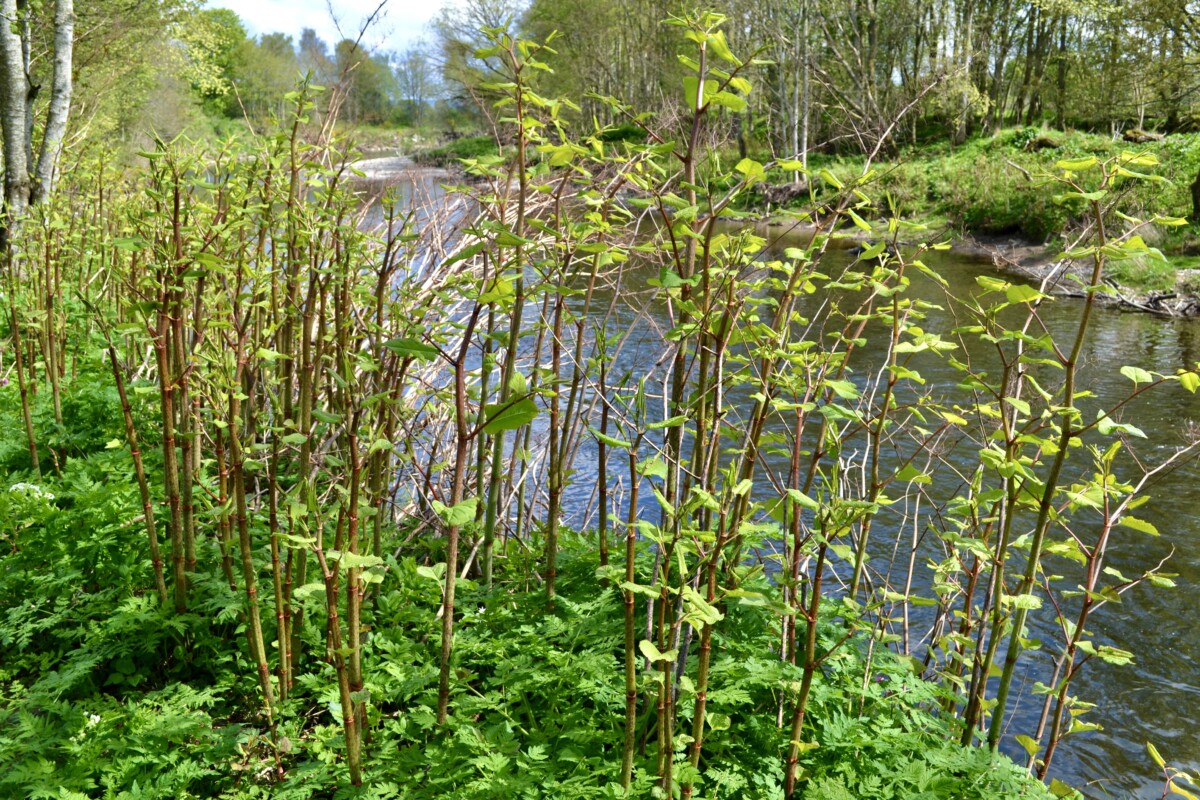An Invasive Non-Native Species (INNS) is any non-native animal or plant that has the ability to spread causing damage to the environment, the economy, our health or the way we live.
In particular these invasive non-native species are a big threat to the native wildlife of Scotland. Many of these invasive species are able to spread via our rivers and water courses and threaten the iconic wildlife and landscapes of our rivers and lochs. The River Ericht catchment suffers from Japanese Knotweed, Himalayan Balsam, Giant Hogweed, American Signal Crayfish and most recently, American Mink.
We are working with the Scottish Invasive Species Initiative to set up community involvement opportunities to help tackle the invasive plant and American Mink problem. Please see further information below for more detail on volunteer opportunities and how to sign up to help.

SISI provide all necessary kit and PPE for your work except for wellies. They also ask that you wear clothes that you don’t mind being damaged as this is often rough work.
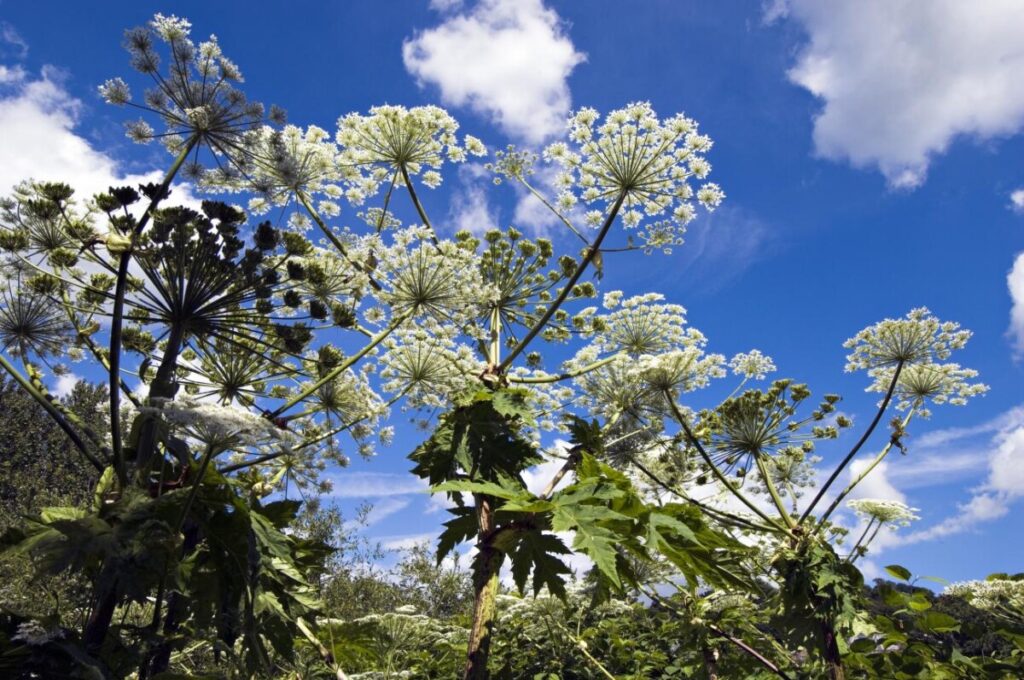
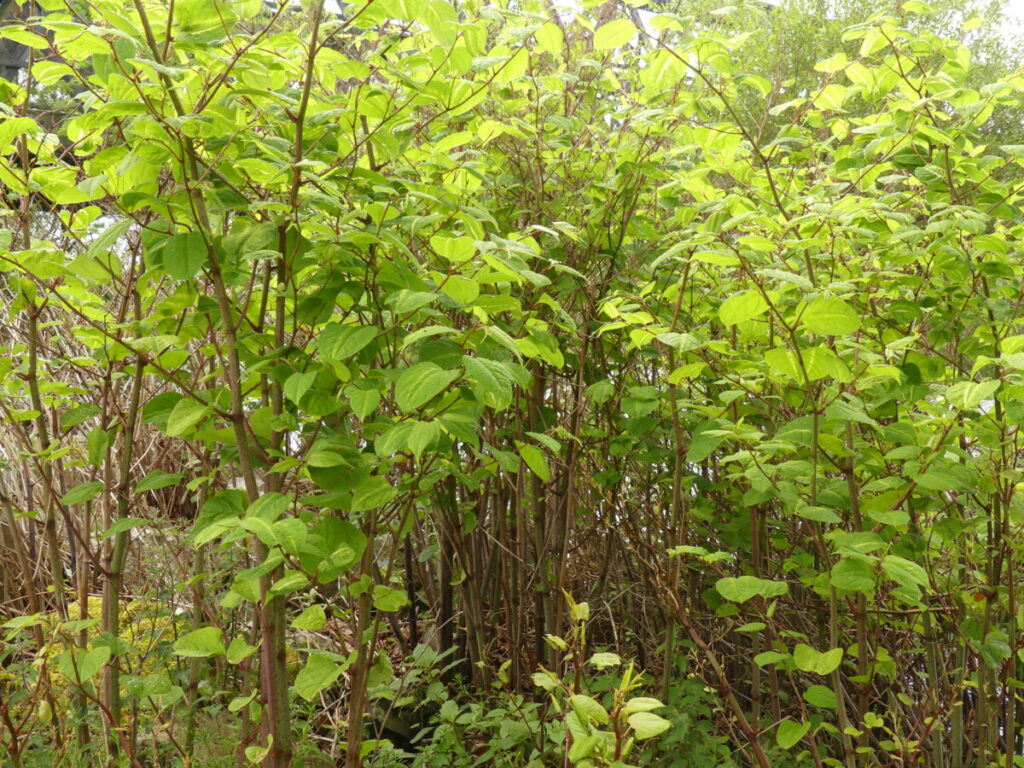
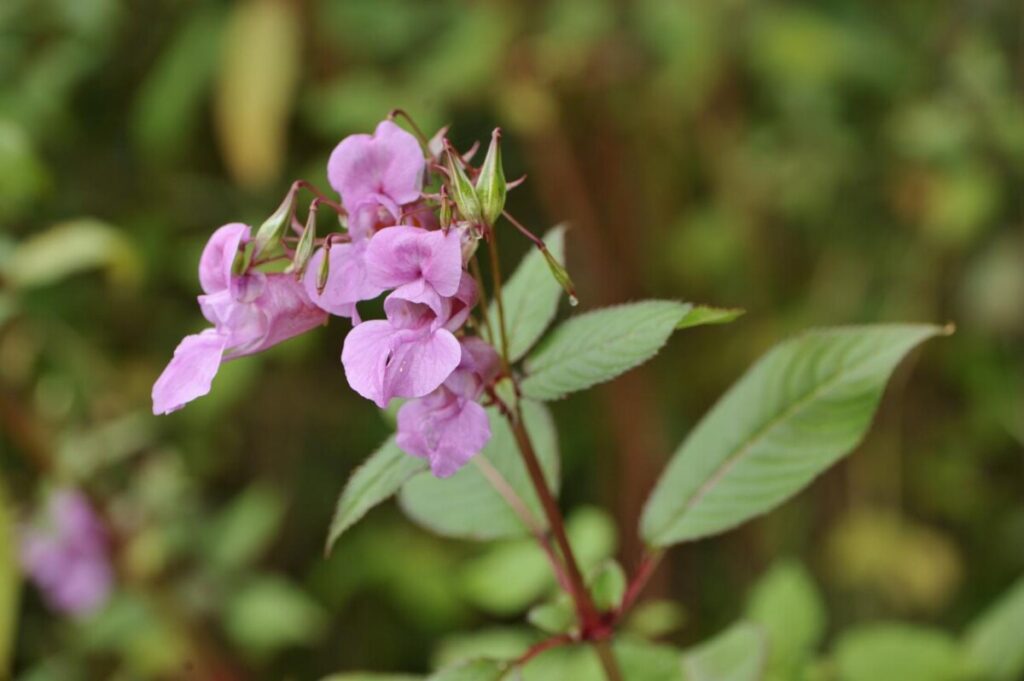
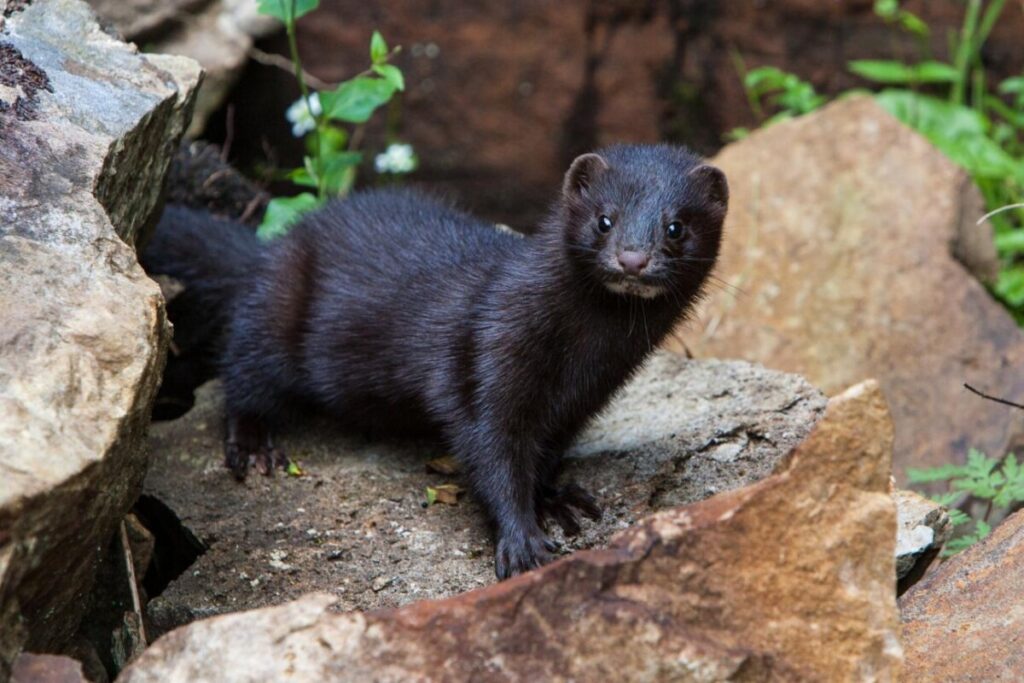
Mink monitoring and trapping
Mink are an incredibly damaging invasive species which decimate native wildlife, particularly small mammals and ground nesting/aquatic birds. There have been a number of mink sightings in the Blairgowrie/Rattray area and SISI have already caught several this season.
We would like to improve our trapping coverage in the area and are looking for local people who would be interested in getting involved. The best method of catching mink is to deploy a floating raft on a river, burn, loch or other waterbody, as mink thrive in riparian environments.
If you live near a waterbody, or have one in/running through your garden and would like to make a real difference protecting your native wildlife, adopting and monitoring a mink raft is one of the best things you can do. Mink monitoring and trapping is done virtually all year round, so there is never a bad time to get involved.
Contact Information: Sign Up to Volunteer | Scottish Invasive Species Initiative.
